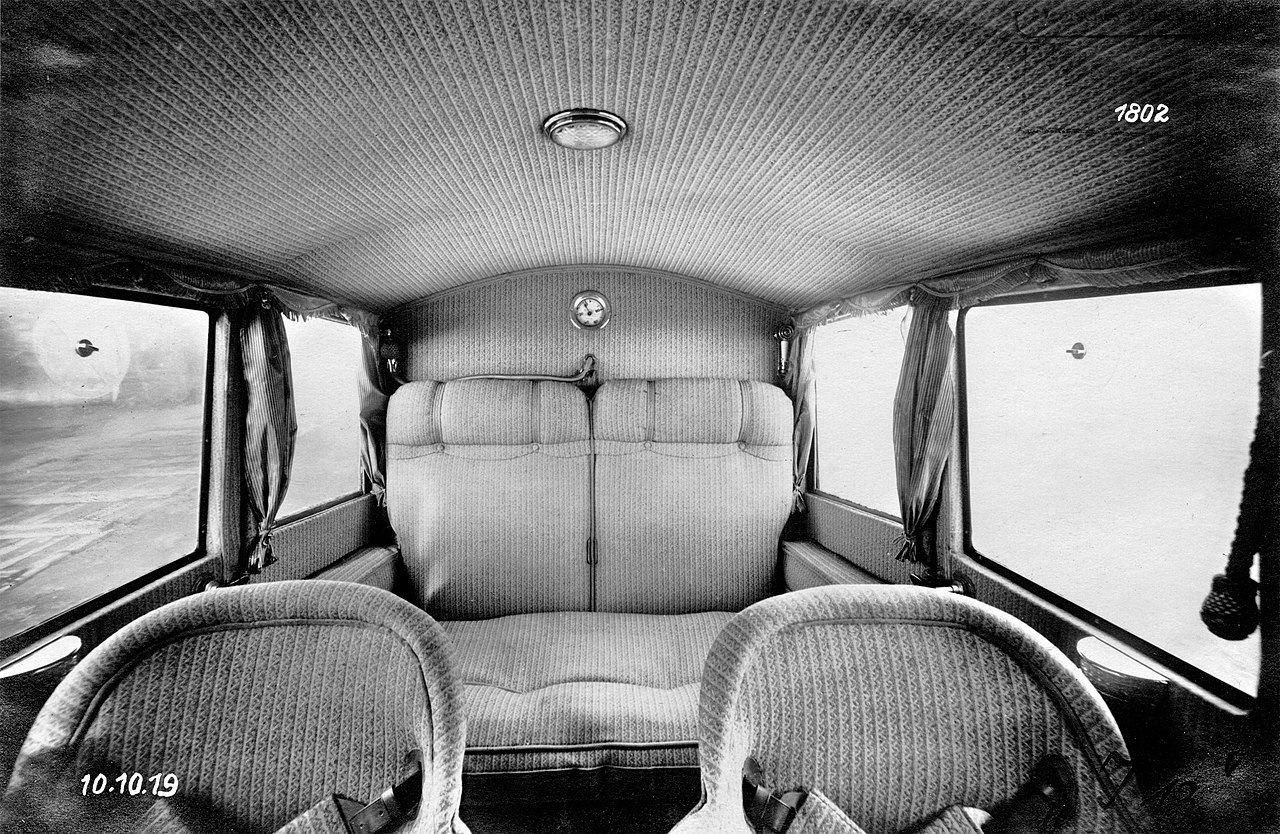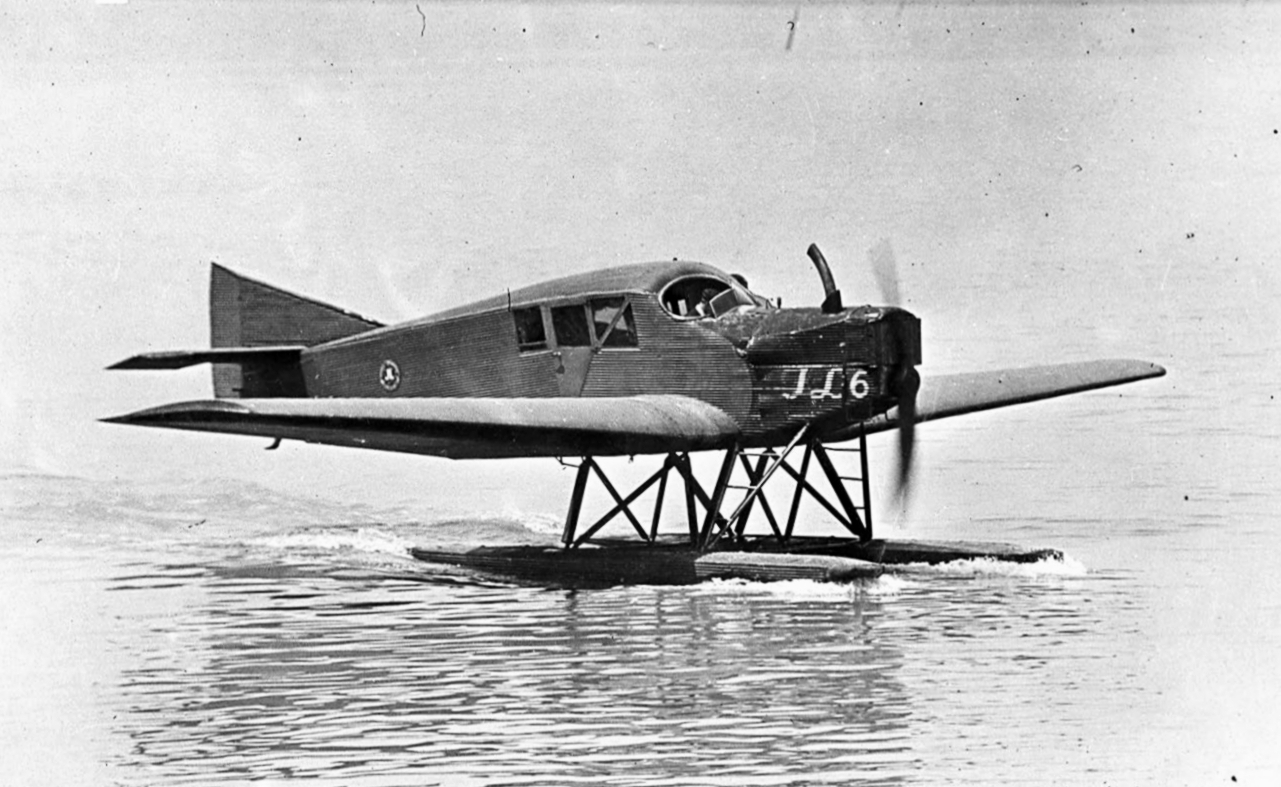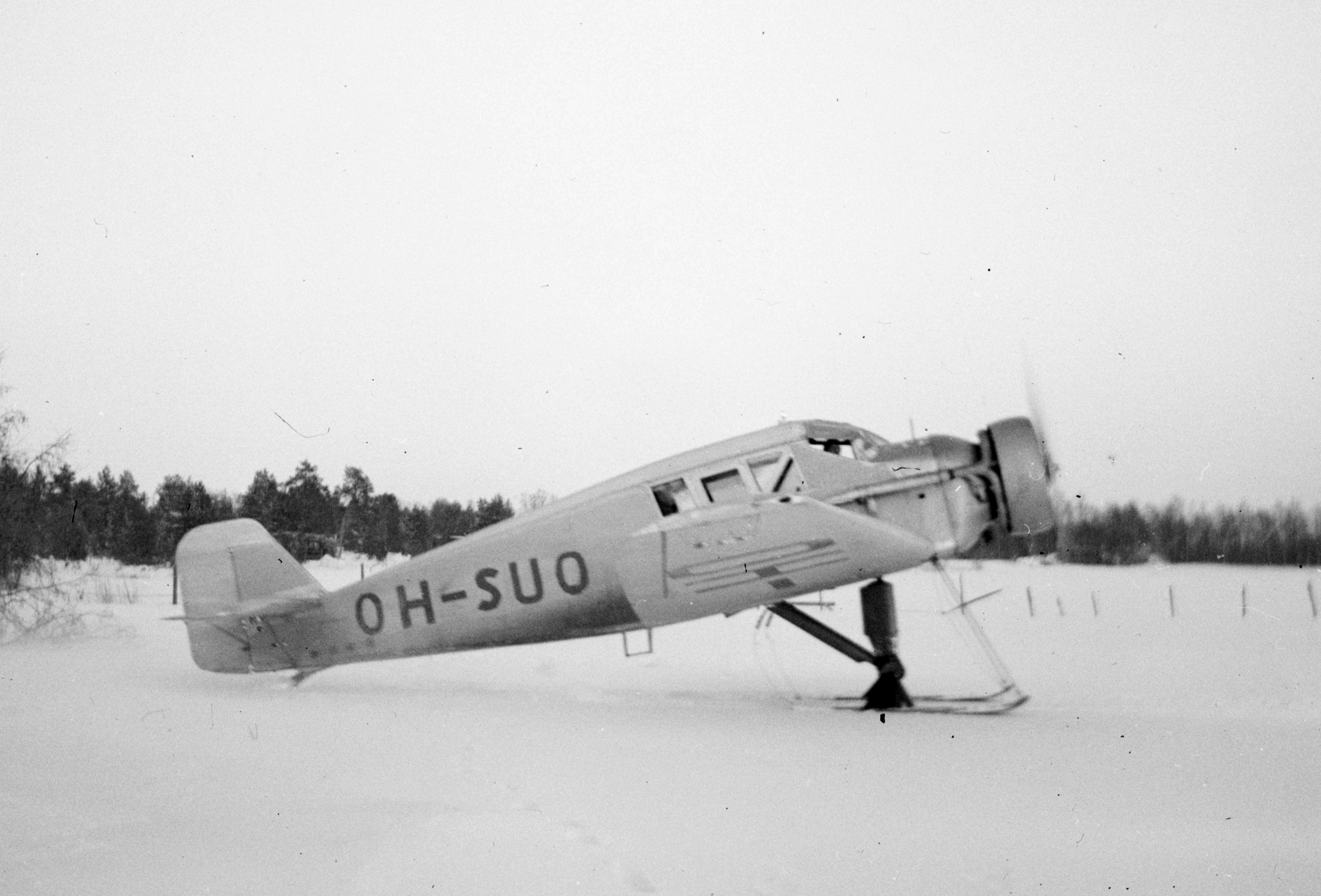Junkers F.13

On June 25, the first specialized passenger aircraft in the world, the Junkers F.13, turned 105 years old. On that day in 1919, its first prototype, named "Annalise," took to the skies in the German city of Dessau. The F.13 was created by the company Junkers Flugzeug AG, founded by Professor Hugo Junkers, a pioneer in all-metal aircraft construction. The F.13 was envisioned as an all-metal plane. This cantilever low-wing monoplane was very advanced for its time and significantly influenced global trends in passenger aircraft development.
Restrictions imposed by the Treaty of Versailles prohibited Germany from producing any aircraft in the early years after World War I. Consequently, the serial production of the F.13 was launched in Danzig (now Gdańsk, Poland), which had received the status of a free city and was under the administration of the League of Nations. Additionally, assembly of the aircraft from German-manufactured components was organized in the USA, and later, licensed production was established in the USSR and Sweden. In total, over 320 aircraft of this family were built by 1932, which was a significant number for that period. More than 25 variants of the F.13 are known, including models with ski landing gear and floats.
The serial production aircraft featured several variants of power plants. Among the best was the plane equipped with the Jumo L 5 engine, producing 310 horsepower, which could accommodate 4-5 passengers. It had a length of 9.6 meters, a wingspan of 14.8 meters, a maximum takeoff weight of 2340 kilograms, a maximum speed of 198 kilometers per hour, and a range of 925 kilometers.
In the early 1920s, the F.13 was a very popular passenger aircraft, accounting for up to 40% of global air transportation. Overall, these aircraft were acquired by operators in at least 35 countries, including Argentina, Brazil, Iran, China, Germany, the Union of South Africa, the USSR, the USA, Finland, France, and Japan.
The F.13 was used not only on passenger air routes. It also transported mail and various cargo, was used for aerial photography, and performed many other tasks, including military ones. The aircraft earned a reputation for being reliable and easy to operate, with excellent flight characteristics. The F.13 remained in operation for a long time—the last commercial example was retired in Brazil in 1951.

 Fan-page
Fan-page Youtube
Youtube TikTok
TikTok Aviamuseum
Aviamuseum State Aviation Museum
State Aviation Museum

_über_Teheran-Persienflug_1924-1925-LBS_MH02-02-0090-AL-FL.tif_1719301575_1.jpg)


